We started the lesson by reviewing strategies for decimal division. To create a need for division we had an activity where students found an average. We used the Estimating Time activity from NRICH. We challenged several student volunteers to estimate 5 seconds, giving each student three tries. We then asked the class to find the average of each student by dividing the total of their three attempts by three (just a note that students don't have a formal introduction to mean, median and mode until grade 7 SP01). After students finished, we highlighted several strategies that we saw student using and had the students explain their division strategies. We saw students making equal groups with base 10 blocks, partial quotients and the standard long division algorithm. Check out Graham Fletcher's progression of division video for some background on division strategies. Designing a Spinning Top
Testing DesignsGroups used a stopwatch (on their phone app or on https://stopwatch.onlineclock.net/ using a Chromebook) to see how long each top would spin. The tested each design three times and recorded their times. They then used division to find the average spin time for each design. They used this data to decide which of their designs was the best. Sharing DesignsAt then end of the class we led a class discussion about their design process. We asked students what characteristics made a top spin longest: size of the top (number of cubes used), shape of the top (symmetry). How it was spun seemed to be a big factor. One student spun the top from the sides instead of the top and was able to get a long spin (average of about 25 seconds). Further PracticeNova Scotia Mathematics Curriculum Outcomes Mathematics 6 N08 - Students will be expected to demonstrate an understanding of multiplication and division of decimals (one-digit whole number multipliers and one-digit natural number divisors). Mathematics 6 SP02 - Students will be expected to select, justify, and use appropriate methods of collecting data, including questionnaires, experiments, databases, and electronic media. Mathematics 7 N02 - Students will be expected to demonstrate an understanding of the addition, subtraction, multiplication and division of decimals to solve problems (for more than one-digit divisors or more than two-digit multipliers, the use of technology is expected). Mathematics 7 SP01 - Students will be expected to demonstrate an understanding of central tendency and range by: determining the measures of central tendency (mean, median, mode) and range; determining the most appropriate measures of central tendency to report findings. EL
Comments are closed.
|
Categories
All
|
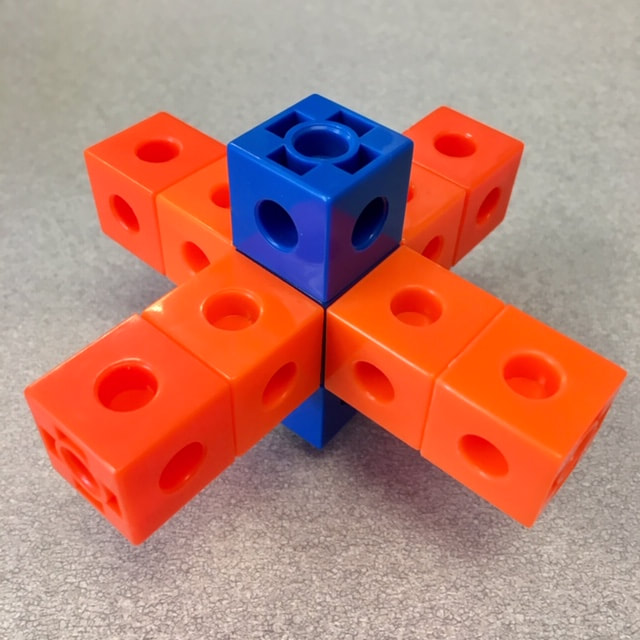
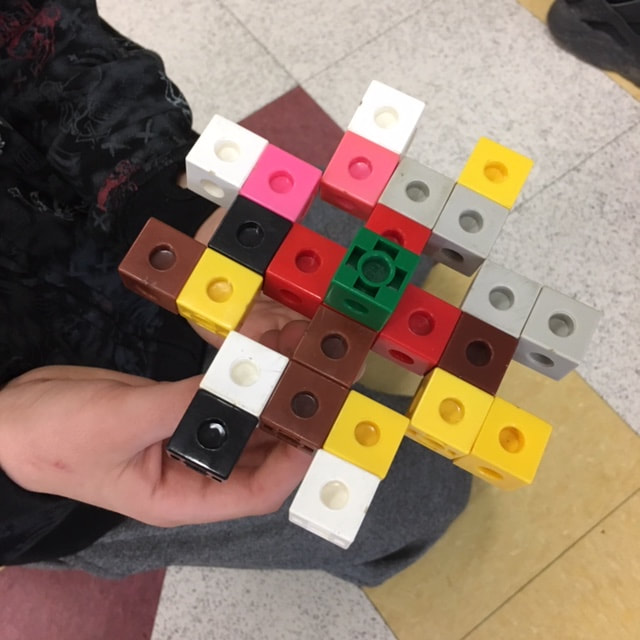
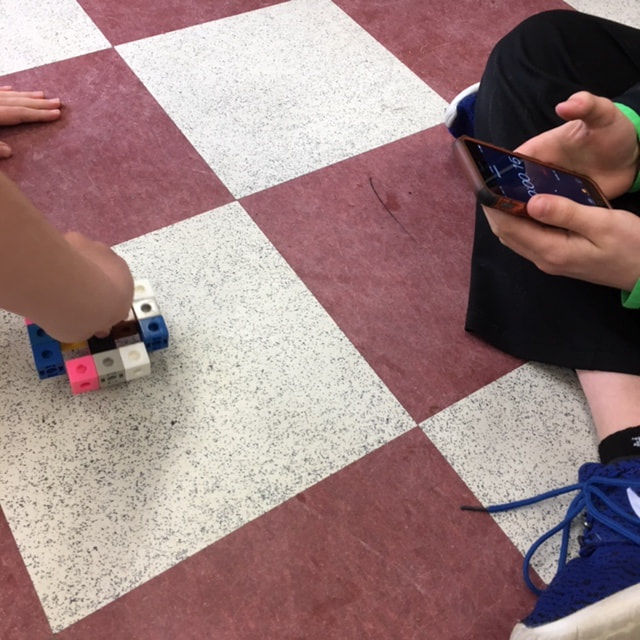
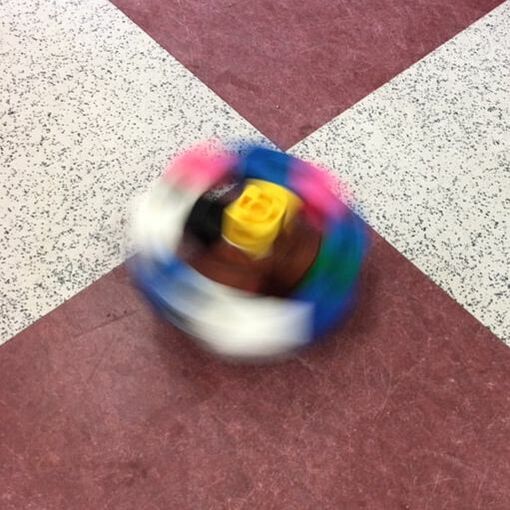
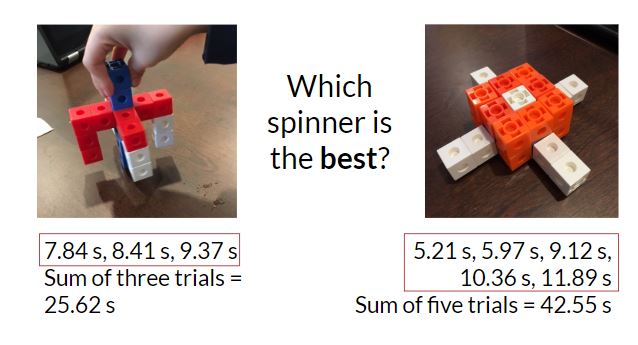
 RSS Feed
RSS Feed